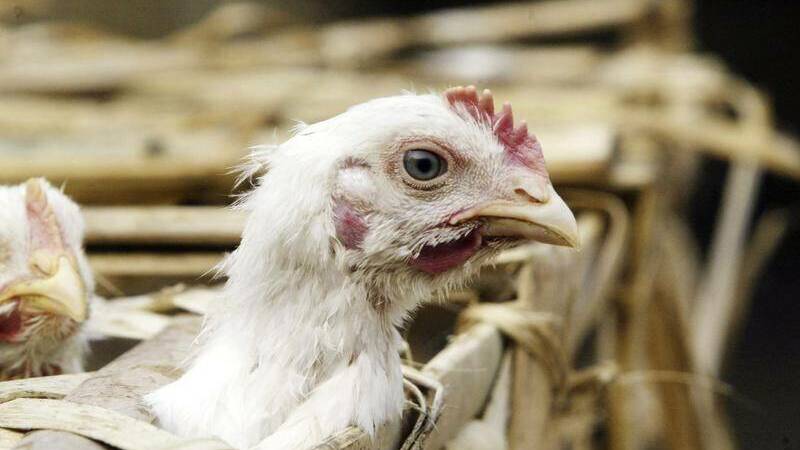
Getting a human flu shot may help protect native wildlife and livestock from avian influenza should the strain reach Australian shores.
Australia is the only continent free of high pathogenicity avian influenza (HPAI) strain known as HPAI H5 that has spread globally and caused widescale death in poultry and wild birds.
Policymakers, scientists and farmers are on high alert for the virus' spread which is likely to come from migratory wild birds, waterfowl or ducks.
However, although it will not protect humans from the HPAI H5 strain, one way Aussies could make a difference is by getting the human flu vaccine, which will prevent avian flu from mixing with the human flu strain.
"We do not want the regular winter flu to mix with an HPAI if it comes to the country," Australian Chicken Growers Council CEO Dr Joanne Sillince said.
"You can do something for the planet, get your flu vaccine."
The human flu vaccine would stop the different influenza genes from "mixing and matching" to cause a new strain, she said.
"Save a budgie, have a flu vaccine," she said.
The strain has been detected in other animals including cows, foxes, cats, tigers, dolphins and bears.
The HPAI H5 strain was detected in penguins in mainland Antarctica in January 2024.
The virus is also suspected to have caused the mass deaths of elephant seals.
Australia's plan of attack
Dr Sillince is involved in national strategy discussions and is confident Australian industries were well prepared for an outbreak of avian flu.
If detected, the AUSTVET Response Strategy developed for Avian Influenza is to kill at-risk livestock.
"The default policy is to contain and eradicate the disease in poultry in the shortest time possible, without the use of vaccination," a spokesperson from the Australian Department of Agriculture, Fisheries and Forestry said.
Killing chickens and other poultry may have a short-term impact on national supply depending on the extent of the potential outbreak.
Owners of livestock or property that is destroyed may be eligible for financial compensation under some state legislation.
"Having a spot shortage of chickens, if it was to occur, it's frustrating but it's not the end of the world," Dr Sillince said.
"But losing a native species of bird, that would be the end of the world."
But losing a native species of bird, that would be the end of the world.
- Dr Joanne Sillince
New strain, new birds
Head of the biosecurity program at UNSW's Kirby Institute Professor Raina MacIntyre said that if the HPAI H5 strain reached Australia, it could be through wild birds that have not traditionally carried the virus.
"From a relatively protected position that we've been in for the last 30 years or so, we're now more vulnerable because there's a wider range of wild birds that can carry the infection," Dr MacIntyre said.
"There's now greater opportunities for mixing between human and avian flu strains and that just increases the probability of a human pandemic arising."


